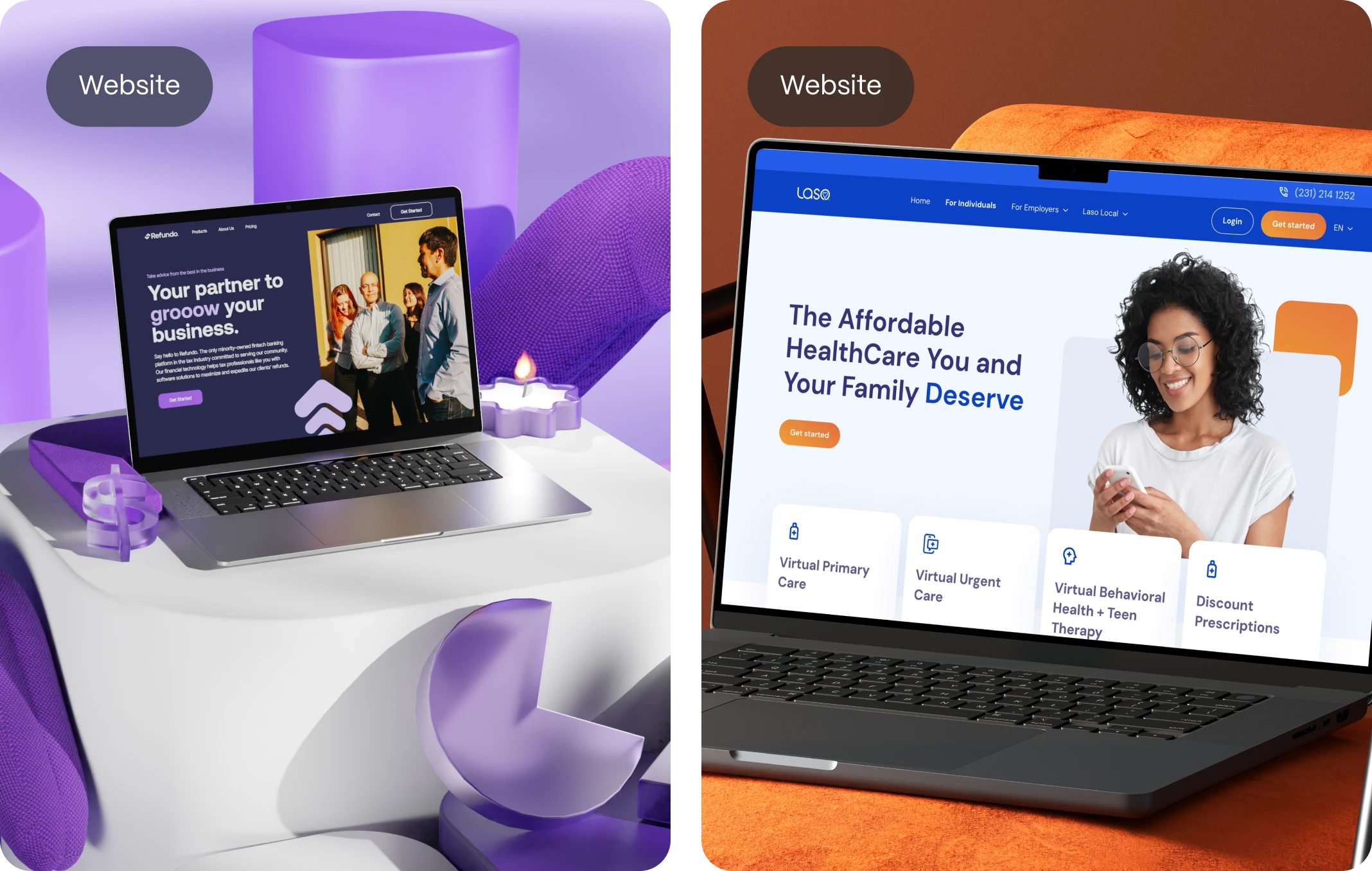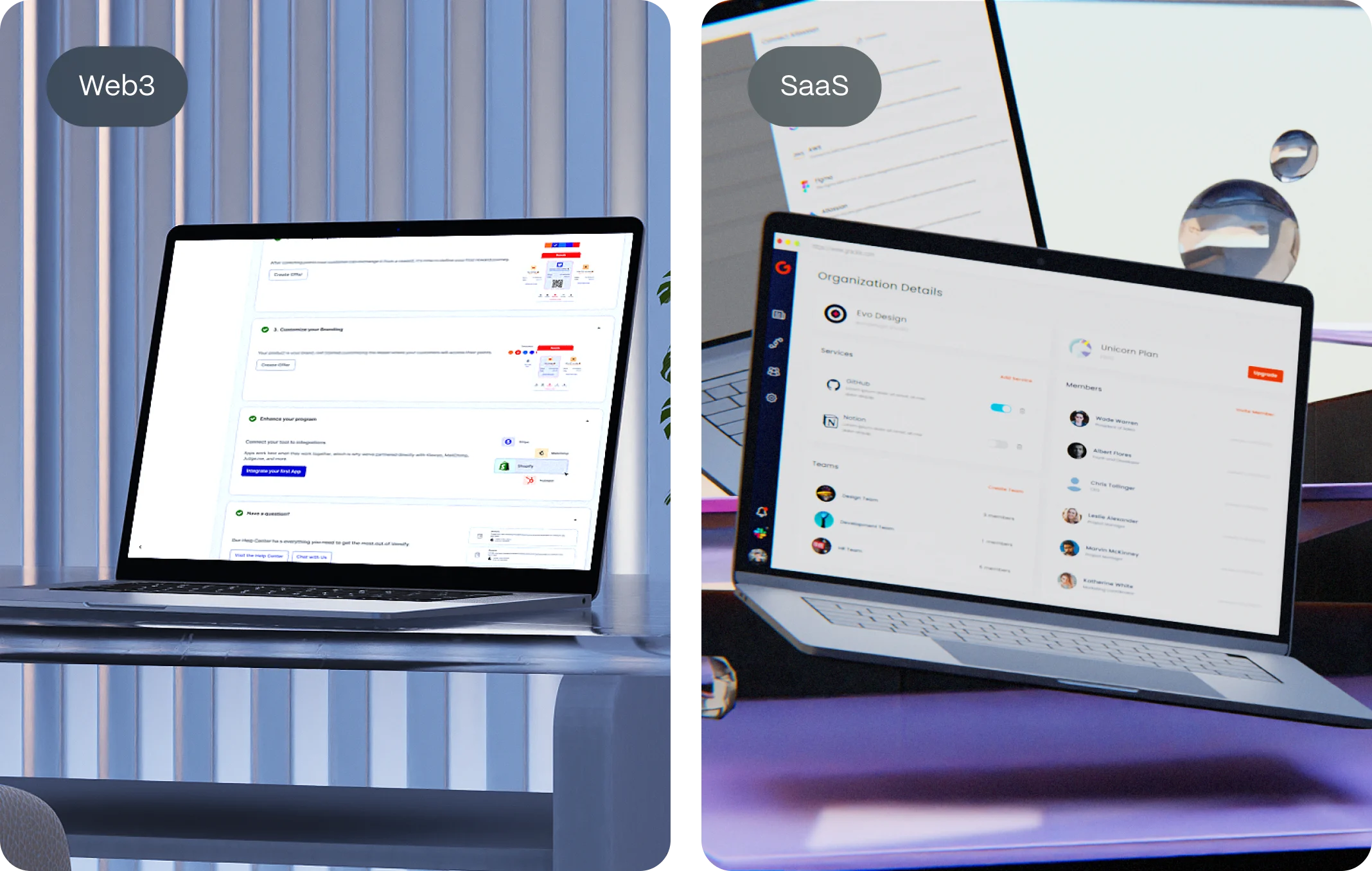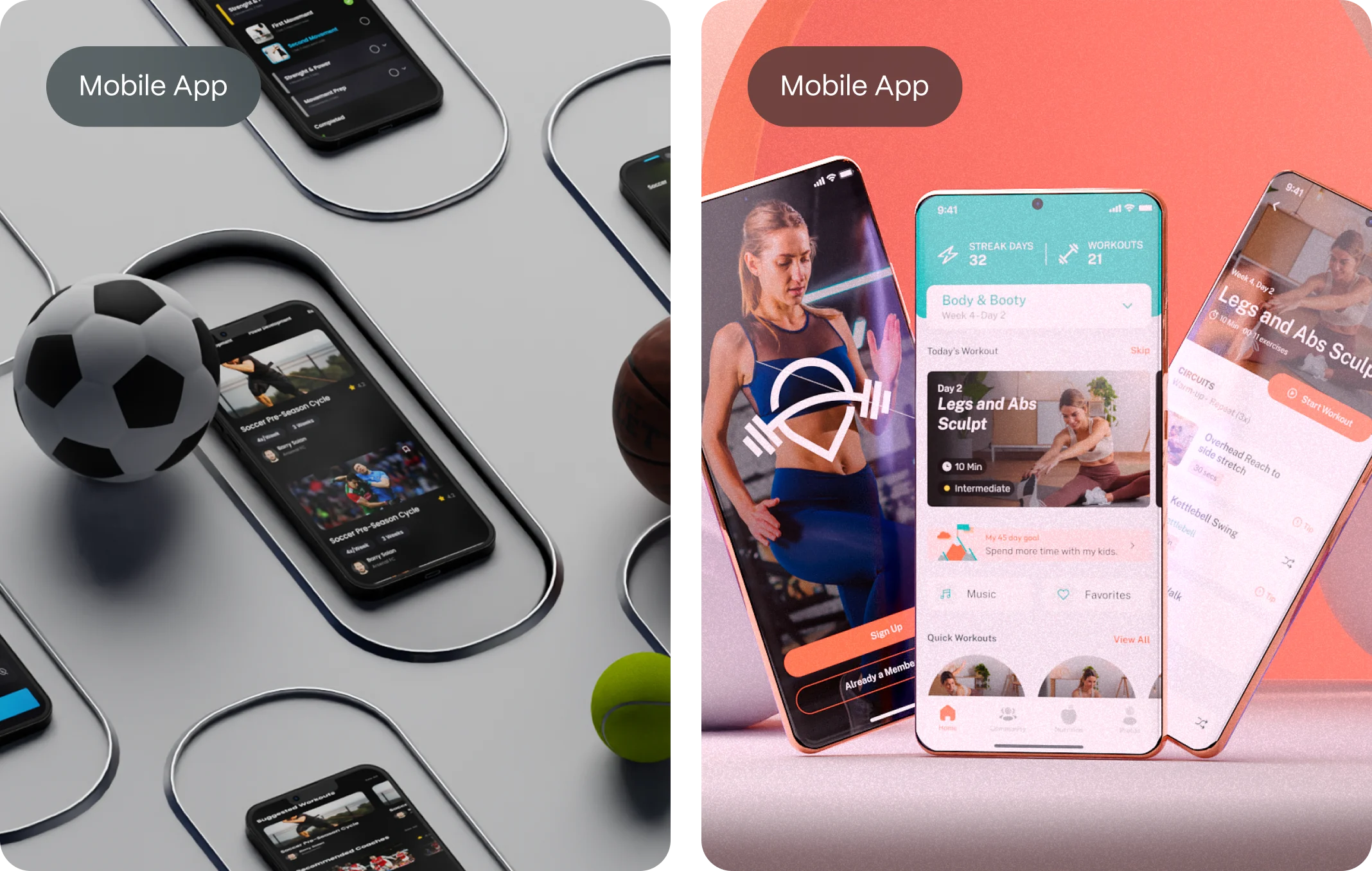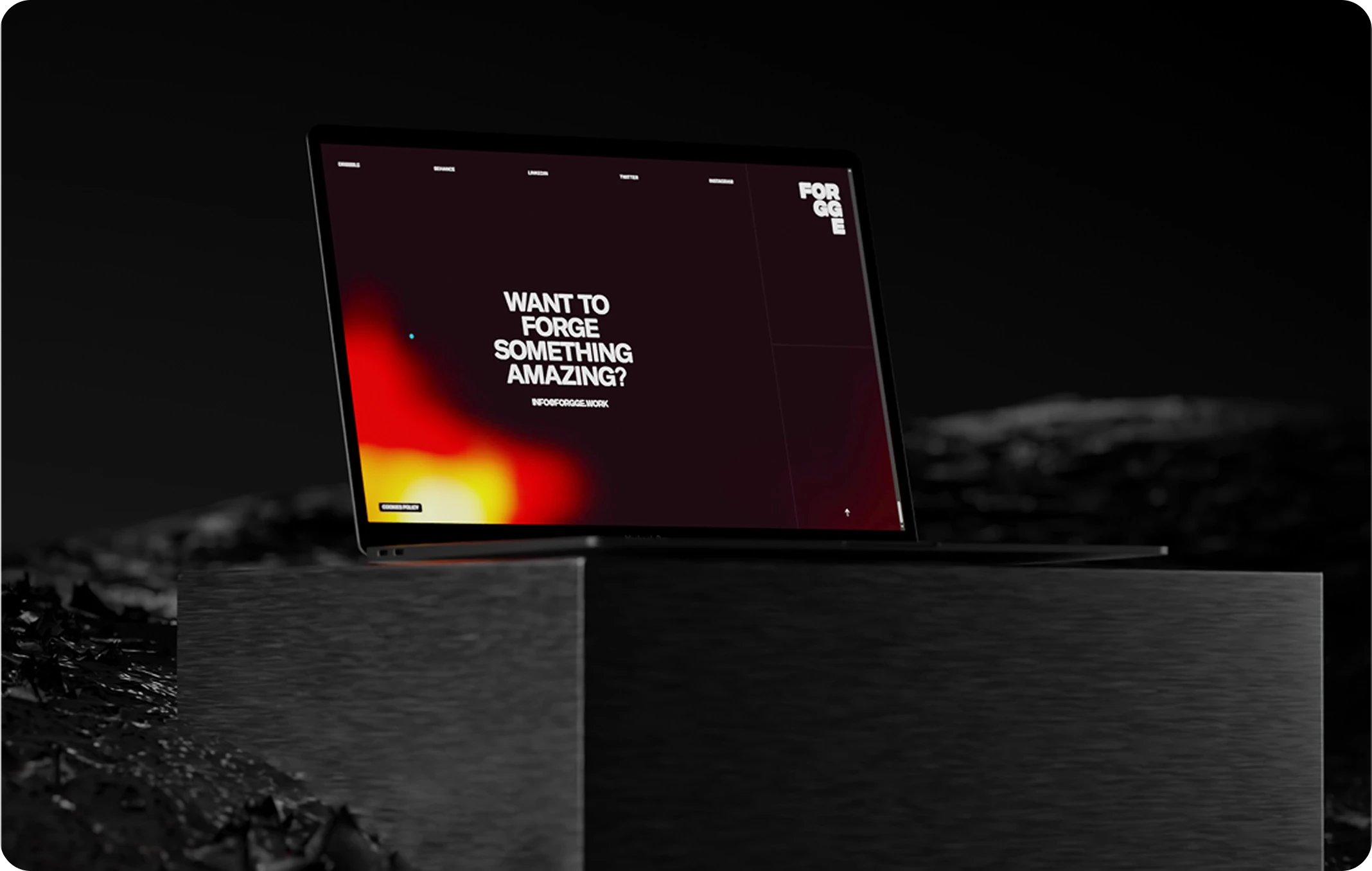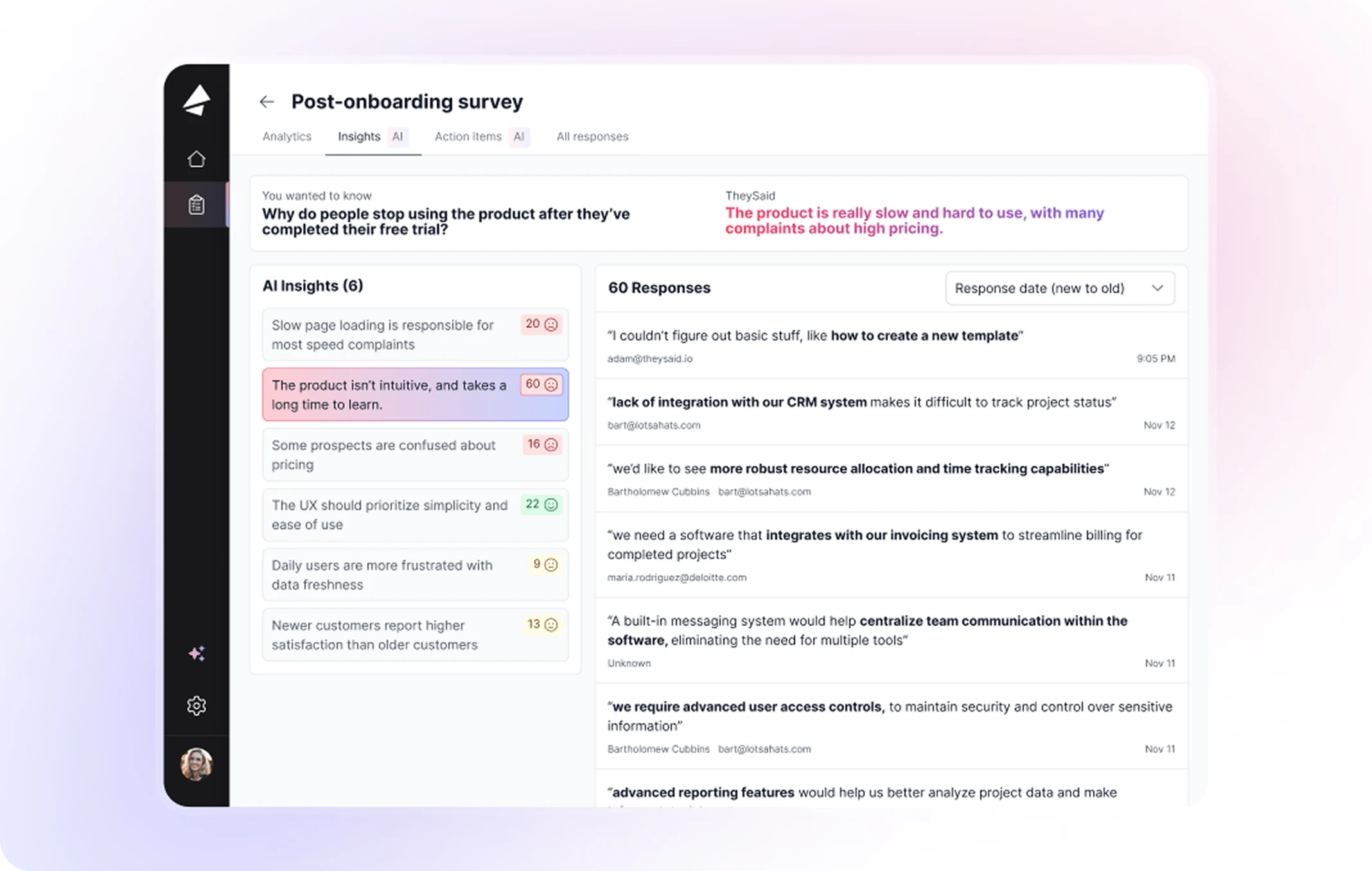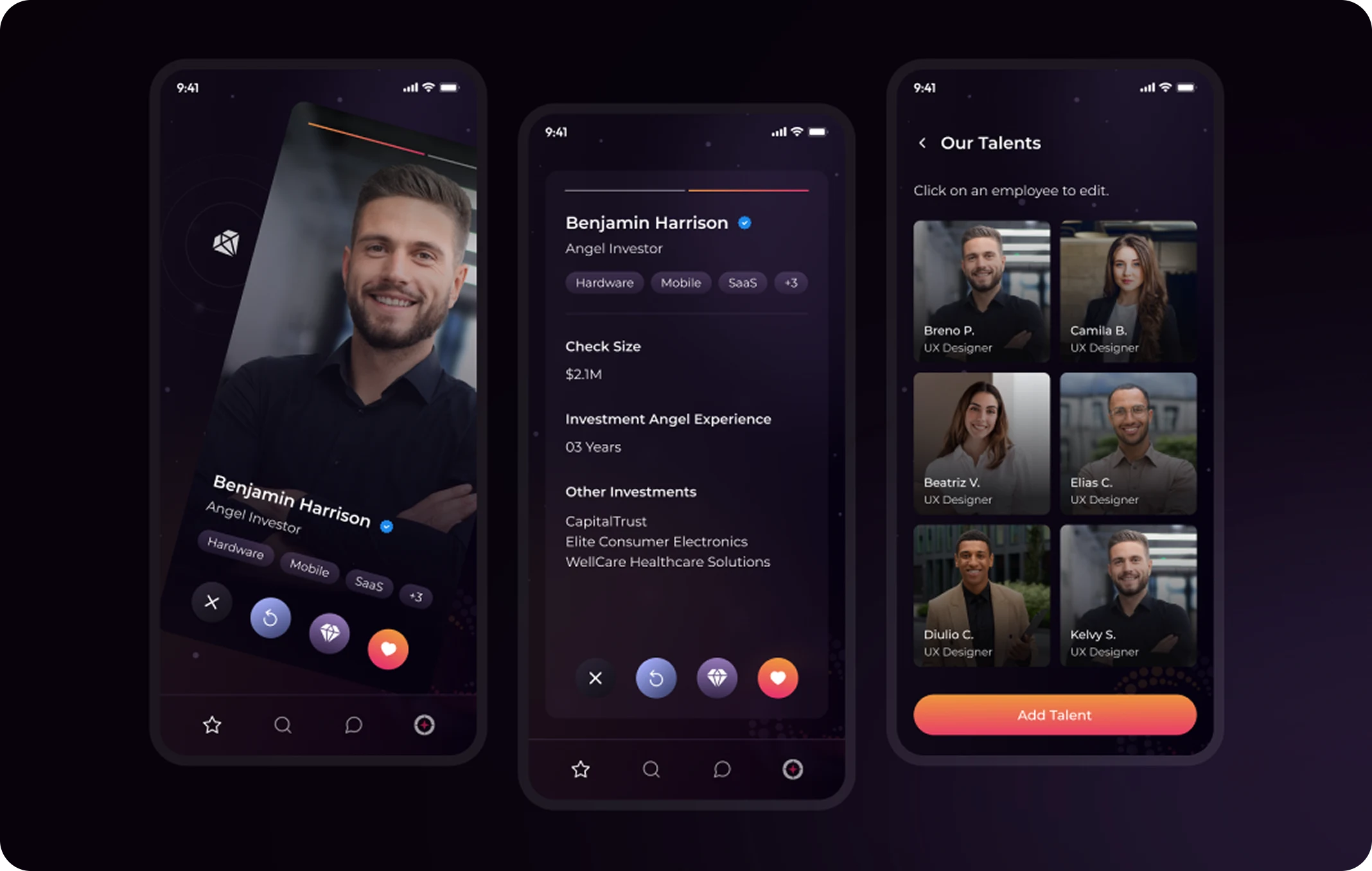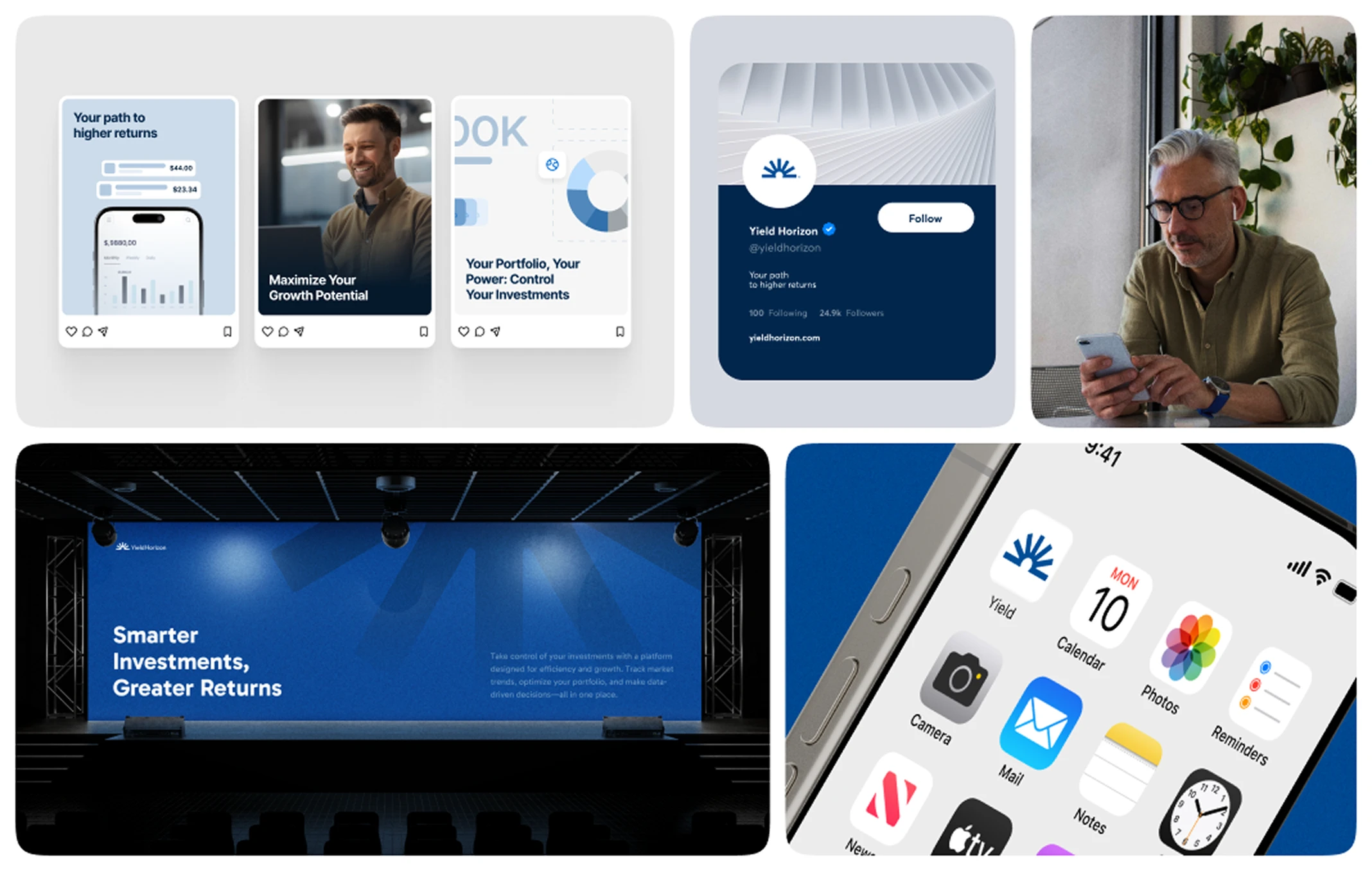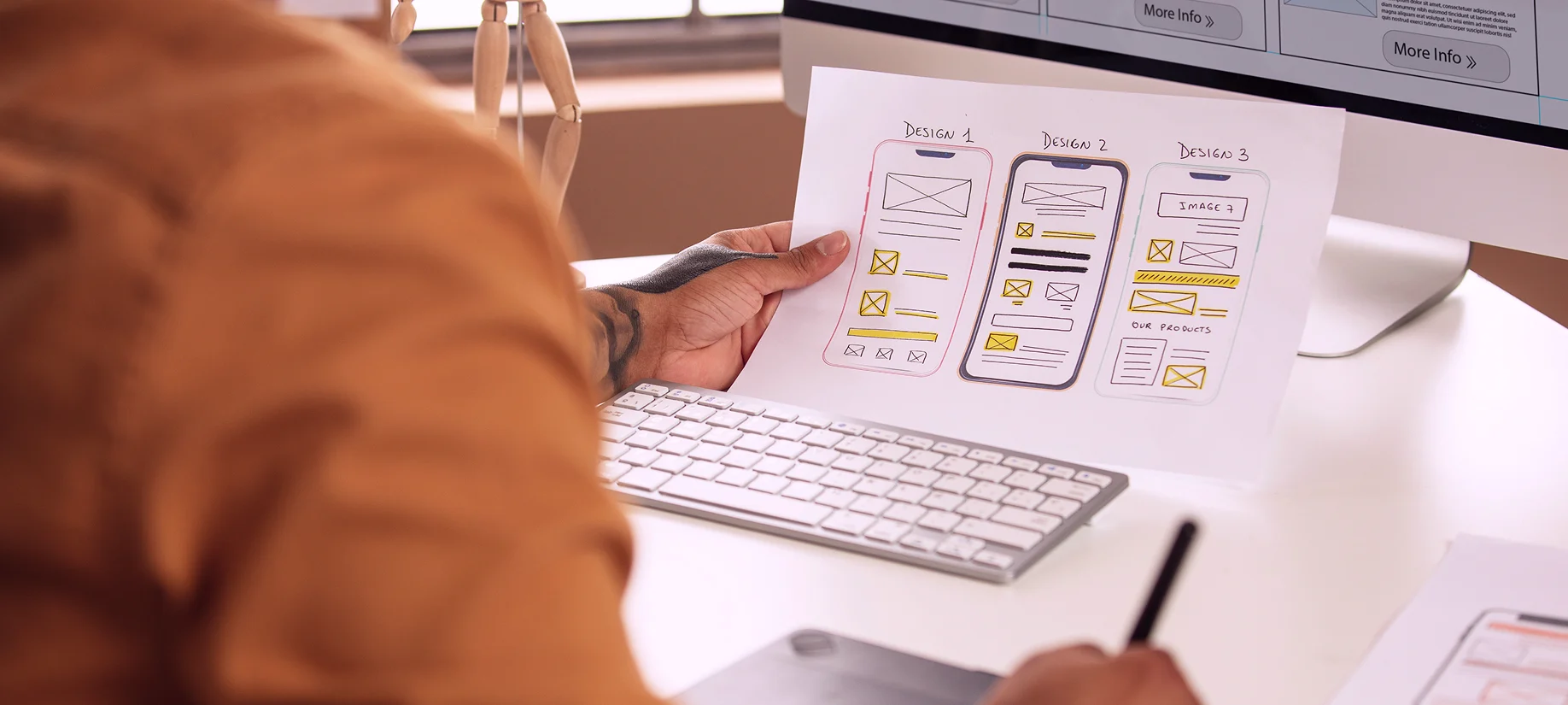Let’s cut through the buzzwords. In 2025, if your website isn’t responsive, it’s outdated. Period. Responsive web design is essencial in today`s world.
Think about how you browse the internet. You open a link on your phone while waiting in line. You research a service on your tablet from the couch. You complete a transaction on your laptop at work. We live in a multi-device world — and your customers do too.
Responsive web design isn’t just about resizing things to fit smaller screens. It’s about adapting your content to the user’s environment, automatically and elegantly. And if you’re building a business, startup, or any kind of digital presence — this is no longer optional. It’s the standard.
What Is Responsive Web Design?
Responsive web design (RWD) is a method that allows websites to adjust gracefully to any screen size, resolution, or orientation — whether it’s a smartphone, tablet, laptop, or 8K desktop monitor. Instead of building multiple versions of the same site, one single design fluidly reshapes itself.
This is achieved through fluid grids, flexible images, and media queries — the technical tools that help developers create layouts that respond to the user’s device dimensions.
But more than a set of tools, responsive design is a philosophy: it puts user experience first, no matter where or how that user is accessing your content.

Why It Matters More Than Ever
Back in the early 2010s, responsive web design was a trend. Today, it’s a strategic necessity. According to Google, over 60% of searches happen on mobile devices. That number climbs even higher for e-commerce and local services.
But here’s the real issue: users don’t “go online” anymore — they’re always online. And they expect seamless experiences across all their devices.
If your website isn’t responsive:
- You’re losing rankings on Google (yes, it’s a ranking factor)
- You’re losing conversions due to frustration and bounce
- You’re losing credibility, especially with younger users
The User’s Experience Is the Brand
Every user interaction — pinch-to-zoom, scrolling, tapping buttons — is a moment of truth. When something breaks or feels clunky, users don’t just blame the website — they blame the brand.
Responsive design reduces cognitive load by delivering:
- Readable content without zooming
- Clickable buttons without misfires
- Faster load times with optimized assets per device
- Navigation patterns that feel native to each screen
In other words, you’re not just designing for screens. You’re designing for people.
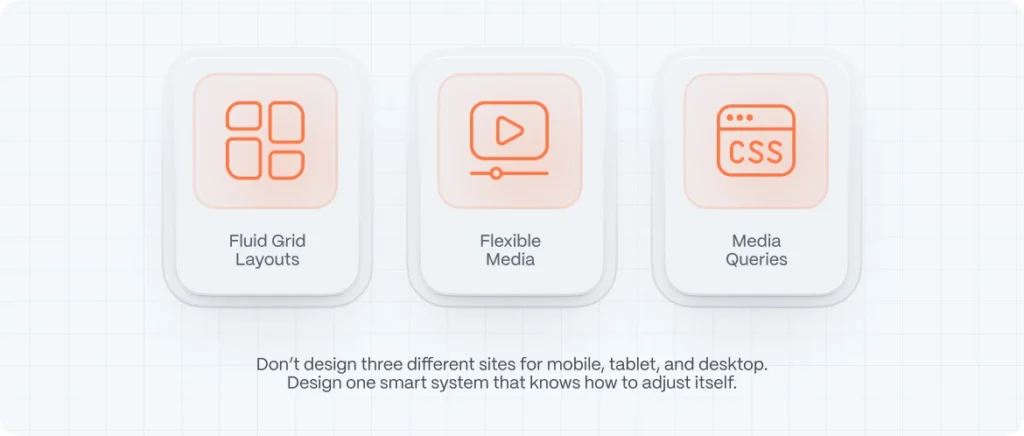
How Responsive Web Design Actually Works
Responsive design is based on three foundational techniques:
Fluid Grid Layouts
Unlike fixed-width layouts, fluid grids use relative units like percentages instead of pixels. This allows columns and containers to resize depending on the screen.
Flexible Media
Images, videos, and other media adapt to the parent container. Techniques like max-width: 100% help ensure that visuals don’t overflow on small devices.
Media Queries
These are CSS rules that apply styles based on device properties like width, height, orientation, and resolution. For example, you can define one layout for screens under 768px and another for anything larger.
Pro Tip: Don’t design three different sites for mobile, tablet, and desktop. Design one smart system that knows how to adjust itself.
Why Founders and Startups Should Care Deeply
Here’s what many startup teams get wrong: they assume responsive design is “handled by the template.” But real responsive design requires strategic thinking and testing.
A few critical reasons founders should invest in real responsive UX:
- Your investors are browsing your pitch from their phones.
- Your early adopters are multitasking on tablets.
- Your conversions depend on frictionless mobile checkout.
Responsive web design doesn’t just protect your image — it boosts your business performance.
SEO Loves Responsive Design (And Google Demands It)
Neil Patel teaches this well: Google ranks what users love. And users love fast, mobile-friendly, usable websites.
Google’s mobile-first indexing means your mobile experience is your primary experience in the eyes of search engines.
Responsive websites:
- Are easier to crawl and index
- Consolidate all traffic and links under a single URL
- Reduce bounce rate by improving usability
- Get better ranking potential on all devices
In short: responsive design = better UX = better SEO = better business.
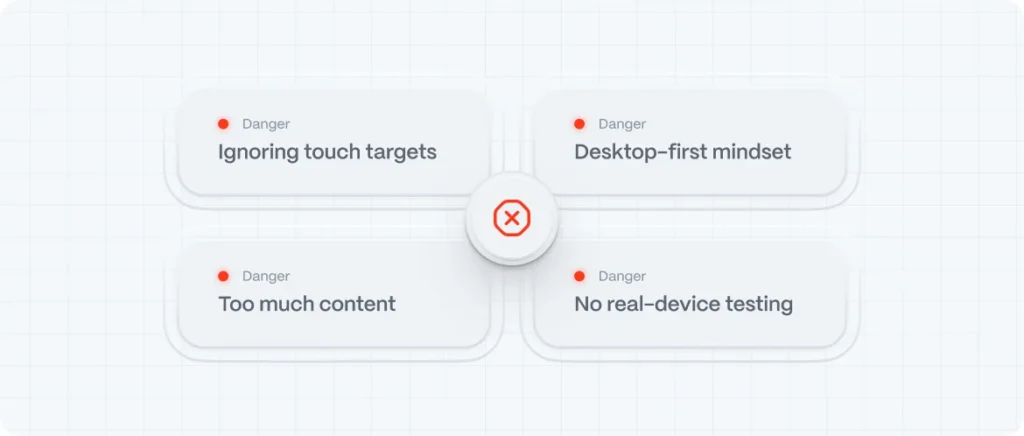
Common Mistakes to Avoid
Even in 2025, many sites still fail at basic responsive principles. Here are a few pitfalls to watch out for:
- Ignoring touch targets: Small buttons or too-close links frustrate mobile users
- Desktop-first mindset: Designing for large screens and shrinking down leads to poor mobile flow
- Too much content upfront: Mobile users don’t want to scroll through walls of text
- Not testing on real devices: Emulators miss subtle UX issues
A responsive mindset means mobile-first, user-first, and performance-first.
How to Choose a Responsive Web Design Agency
Hiring a responsive web design company isn’t just about visuals. You need a team that understands:
- User psychology
- Technical execution
- Conversion strategy
- Search optimization
At Evo Design, we blend design craft with UX research and real-world growth tactics. We don’t just make your site responsive. We make it convert.
When choosing your agency, ask:
- How do you test across devices?
- Do you build mobile-first or desktop-first?
- How do you optimize for performance and SEO?
- What’s your approach to accessibility?
A great agency answers those questions with clarity and confidence.
What is responsive web design in simple terms?
It’s a way to design websites that automatically adapt to any screen size — from mobile phones to big desktop monitors.
How is it different from mobile-friendly?
Mobile-friendly sites may work on phones, but they don’t always adapt perfectly. Responsive sites reshape themselves based on the device.
Is responsive design good for SEO?
Yes. Google prefers responsive design because it improves user experience and simplifies crawling.
Do I need a separate mobile site?
No. A well-designed responsive website replaces the need for multiple versions.
What’s the best tool to test responsiveness?
Try Google’s Mobile-Friendly Test, or use browser dev tools with responsive view.

